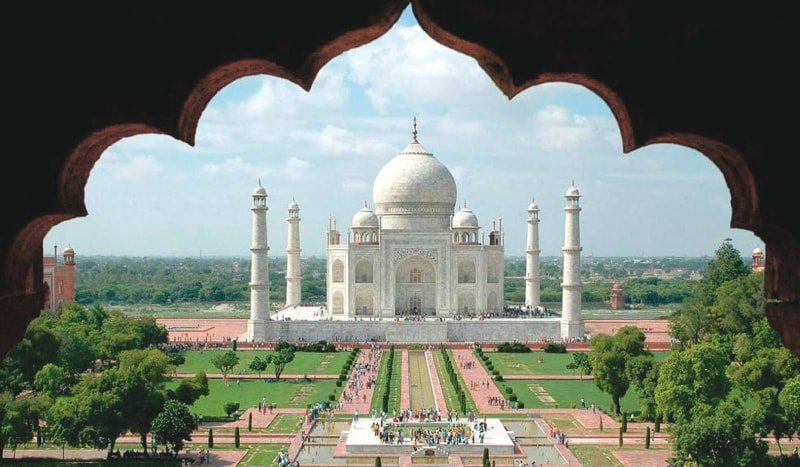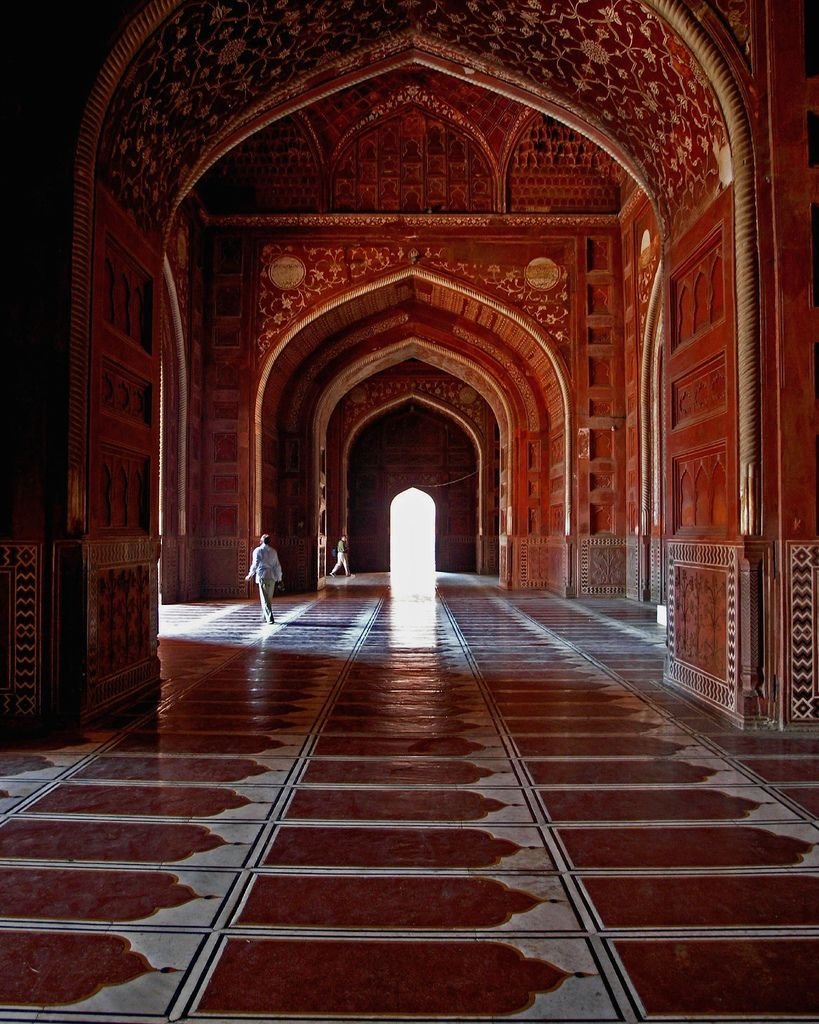“Exploring the Mystique and Majesty of the Taj Mahal”

The Taj Mahal is one of the most iconic and breathtaking structures in the world. Located in Agra, India, the Taj Mahal is a stunning example of Mughal architecture and has become an enduring symbol of love and devotion. In this essay, we will explore the history and significance of the Taj Mahal, and why it continues to captivate visitors from around the world.

The Taj Mahal was built by the Mughal emperor Shah Jahan in memory of his beloved wife, Mumtaz Mahal, who died in 1631. Construction of the Taj Mahal began in 1632 and was completed in 1653, taking over 20 years to build. The Taj Mahal is often described as the world’s greatest monument to love, and its stunning architecture and intricate details are a testament to the deep and abiding love that Shah Jahan had for his wife.

The Taj Mahal is a mausoleum, built entirely of white marble and inlaid with precious stones. The structure is set within a large garden, which is surrounded by walls on three sides. The main entrance is on the south side and leads to a large gateway, which is decorated with intricate calligraphy and geometric patterns. The gateway is a stunning example of Mughal architecture and is an impressive sight in its own right.

The main structure of the Taj Mahal is the tomb, which is located at the center of the complex. The tomb is flanked by four minarets, which are each over 40 meters tall. The minarets were designed to lean slightly outward, to prevent them from collapsing in the event of an earthquake. The tomb itself is adorned with intricate carvings and inlaid with precious stones, including turquoise, jade, and lapis lazuli. The interior of the tomb is equally impressive, with intricate marble screens and beautiful calligraphy.
The Taj Mahal is not only a stunning work of art, but it is also a marvel of engineering. The entire complex was built on a raised platform, which helps to protect it from flooding. The structure is also designed to withstand earthquakes and other natural disasters, with a foundation that is over 50 meters deep.

The Taj Mahal’s cultural significance cannot be overstated. It is a symbol of the Mughal Empire’s power and influence, as well as a testament to the enduring power of love. The mausoleum is a popular destination for tourists from around the world and is widely regarded as one of the most beautiful buildings in the world. It is also a UNESCO World Heritage Site and is recognized as a global treasure.
Despite its enduring popularity, the Taj Mahal has faced many challenges over the years. Pollution, environmental degradation, and overcrowding have all taken their toll on the structure. Efforts are being made to preserve and protect the Taj Mahal, including limiting the number of visitors and implementing strict conservation measures. The Indian government has also launched a massive restoration project, which aims to restore the Taj Mahal to its former glory.

In conclusion, the Taj Mahal is one of the world’s most iconic and breathtaking structures. Its stunning architecture, cultural significance, and enduring legacy make it a must-visit destination for anyone interested in history, culture, and architecture. While the mausoleum faces many challenges, efforts are being made to preserve and protect it for future generations. The Taj Mahal is a testament to the enduring power of love and the creativity and ingenuity of humankind.
